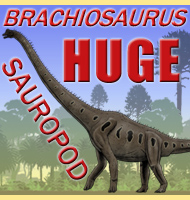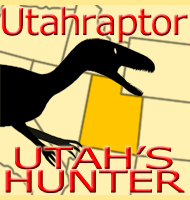


Aegyptosaurus
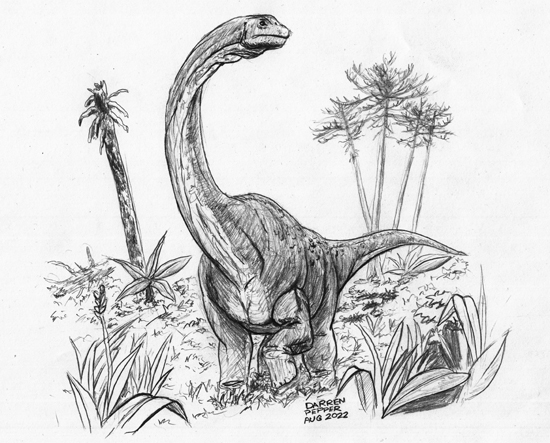
Name:
Aegyptosaurus
(Egypt lizard).
Phonetic: Ay-jipt-o-sore-us.
Named By: Ernst Stromer - 1932.
Classification: Chordata, Reptilia, Dinosauria,
Saurischia, Sauropoda, Titanosauria.
Species: A. baharijensis
(type).
Diet: Herbivore.
Size: Roughly estimated about 15 meters long.
Known locations: Egypt - Bahar�je Formation.
Niger - Irhazer Shales Formation.
Time period: Albian to Cenomanian of the Cretaceous.
Fossil representation: Partial remains, but these
were destroyed during the second world war.
Aegyptosaurus
was a mid-sized sauropod
dinosaur that is known to have lived in what
is now Egypt from both sides of the early/late Cretaceous boundary.
Unfortunately we only have the original descriptions of this
dinosaur for study as the original fossils were destroyed along with
the Munich museum during an allied bombing raid in World War II.
Despite the lack of actual physical fossils that can be studied anew,
Aegyptosaurus is perceived to have been a
titanosaur, a member of
a group of more advanced sauropods that rose to prominence during the
Cretaceous.
Aegyptosaurus
may have been a prey species to large carcharodontosaurid
theropods,
perhaps even the Carcharodontosaurus
genus itself. There is no
direct proof of predator/prey interaction between these two, but
fossils of both genera are present in the Bahar�je Formation of Egypt.
The smaller theropod Deltadromeus
is also present and may have
potentially been a threat to smaller juvenile Aegyptosaurus.
Remains
of the potentially colossal predator Spinosaurus
are also present in
the Bahar�je Formation, though since modern interpretations of
Spinosaurus perceive it to be a specialised predator
of fish, it
seems unlikely that Spinosaurus actively hunted
dinosaurs like
Aegyptosaurus, though of course scavenging them
would still be a
plausible option.
Further reading
- Ergebnisse der Forschungsreisen Prof. E. Stromers in den W�sten
�gyptens. II. Wirbeltierreste der Bahar�je-Stufe (unterstes
Cenoman). 11. Sauropoda -(Results of the expeditions of
Professor E. Stromer in the Egyptian deserts. II. Vertebrate
animal remains from the Bahar�je bed (lowest Cenomanian). 11.
Sauropoda). - Abhandlungen der Bayerischen Akademie der
Wissenschaften Mathematisch-naturwissenschaftliche Abteilung, Neue
Folge 10:1-21 - Ernst Stromer - 1932.
----------------------------------------------------------------------------
Random favourites
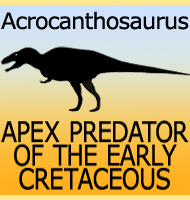 |
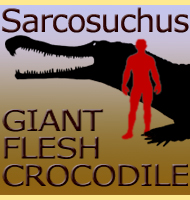 |
 |
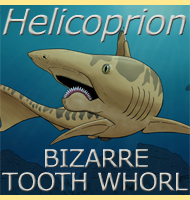 |



